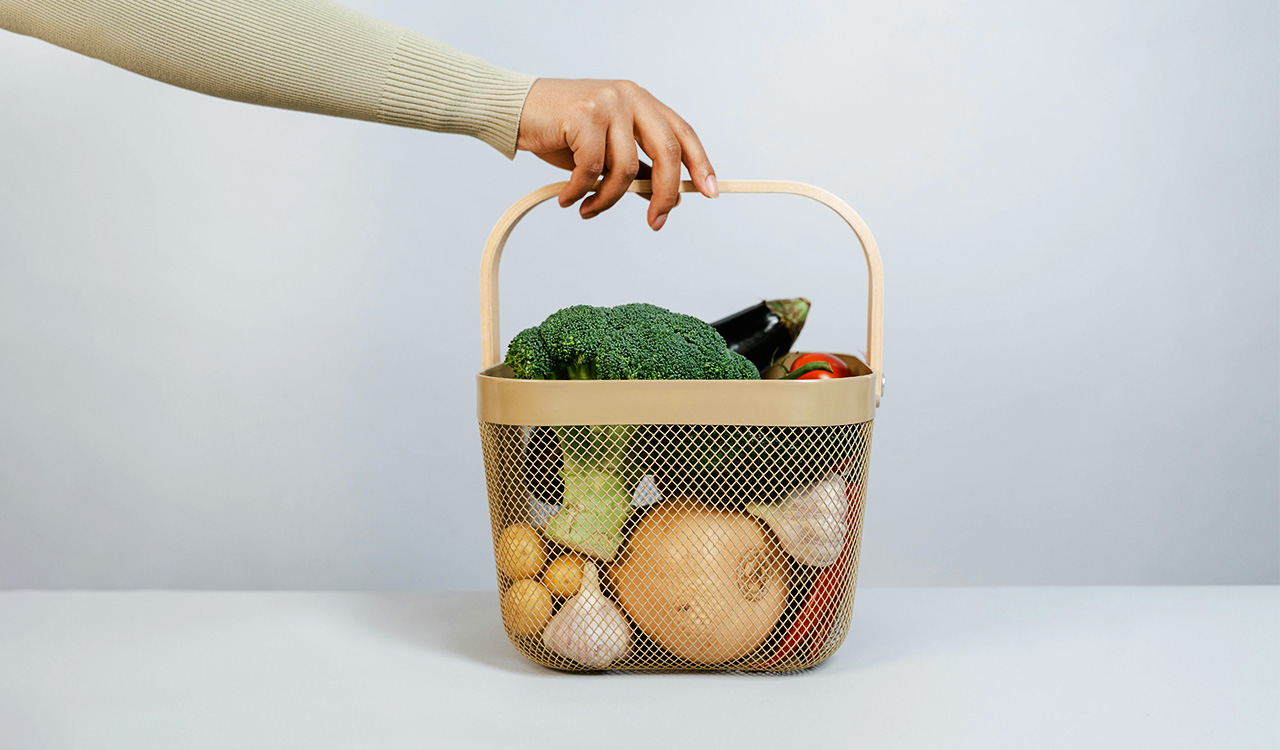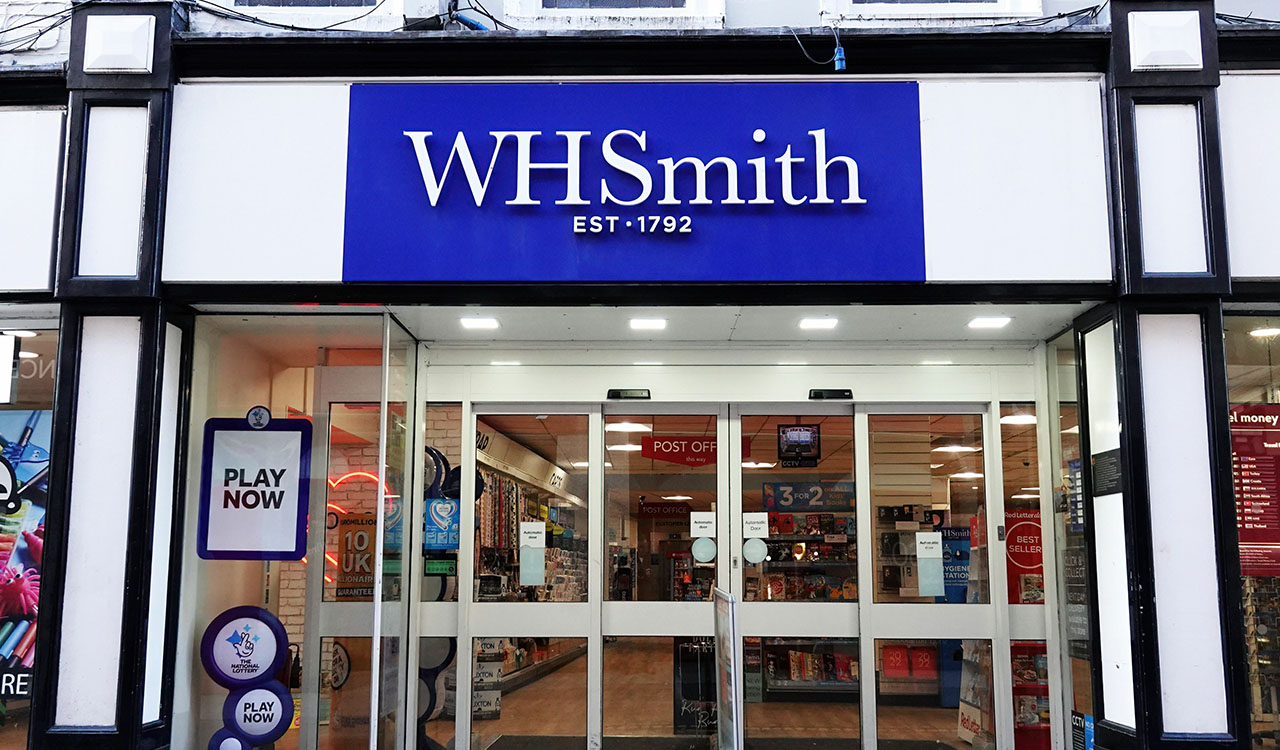During the past presidential campaign, the price of groceries was centerstage for both candidates and influenced how many consumers voted. As of October, U.S. prices for food at home were up 28 percent from 2019 according to the U.S. Bureau of Labor Statistics Consumer Price Index. Vice President Kamala Harris’s solution centered around a federal ban on price gouging by food producers and retailers. Donald Trump’s food tariffs impact focused on enacting the Trump Reciprocal Trade Act to combat other nations’ tariffs. Trump has said (which he executed in his first term) he has presidential authority to increase tariffs. For decades Congress has delegated tariff-setting authority to the president.
Potential tariffs and how the food industry reacts and manages them could ultimately strengthen our industry, ensuring the U.S.’s ability to thrive in an increasingly complex global trade environment. Or it could just result in the opposite of controlling inflation with higher prices passed on to increasingly disappointed and hostile consumers.
Pandora’s Tariffs Box
In the ever-evolving arena of global trade, the introduction of tariffs can have far-reaching repercussions. Trump’s proposed tariffs, including a 20 percent duty on all imported foods and beverages and a hefty 60 percent on imports from China, could dramatically reshape the U.S. food and beverage industry. If enacted, these tariffs according to the non-profit Tax Foundation would have a negative effect on importers, distributors, retailers, consumers, and the economy. The question is what proactive measures should retailers take to navigate this challenging landscape?
Importers form an important base of the food supply chain, and the implementation of these tariffs would significantly raise the cost of imported goods. Importers might initially absorb some costs to maintain their competitive edge, but over time, the price increases will inevitably flow downstream to distributors and other stakeholders.
The proposed larger 60 percent tariff on Chinese imports would exponentially escalate these costs — especially on fresh and processed fruits and vegetables, apple juice, garlic, spices, tea and shrimp. Of the approximately $501 billion in China exports to the U.S. in 2023, fish accounted for over $1.3 billion, animal and vegetable oils $850 million, vegetables, and fruit and nuts $1.3 billion — to list just a few. China actually accounts for more than 80 percent of the global garlic production used as raw garlic for home use, dietary supplements, and an ingredient in thousands of prepared foods. China is also the world’s largest producer and exporter of apple juice concentrate and supplies two-thirds of the apple juice here in the United States. This tariff could make food and beverage imports from China financially untenable.
Cascading Costs
Distributors serve as the vital link between importers and retailers; if the tariffs become a reality, distributors would experience a sharp increase in acquisition costs. Adjusting to these hikes will involve recalibrating supply chains, exploring domestic sources, and possibly renegotiating terms with retailers. Disruptions in established supply networks could cause temporary shortages, particularly if alternative sources cannot match the volume and quality previously sourced from international suppliers.
Retailers and food companies that have come under fire and scrutiny for high prices, are at the frontline of consumer interaction and likely to face immediate challenges as tariffs trickle down to shelf prices. These tariffs could also compel retailers to rethink their product offerings, eliminating certain brands even if they are popular with shoppers.
A commitment to promoting domestic goods may become a reality, but this transition requires careful consideration and strategic planning – and takes time. Retailers could also experience initial stock shortages as they adjust to new supply agreements—an issue that could put added strain on customer loyalty if popular items become unavailable.
Retailers must also prepare for potential backlash from consumers who are uninformed about the real reasons behind price hikes. Retailers will then need to educate their customers and try to help them understand why climate change, supply chain inefficiencies, fuel costs and now tariffs are the underpinnings of higher grocery prices.
For consumers, the most visible effect of these tariffs will be inflated prices at the checkout. Imported items ranging from specialty cheeses and wines to everyday groceries will become noticeably more expensive. As food prices rise, consumers’ purchasing patterns will shift.
This is good news for store private label brands when shoppers start favoring budget-friendly buys over luxury imports, but it will also have the undesirable effect of pushing the value of the market basket downward. Yes, the good news is that all this could stimulate the growth of local, artisanal producers. But the question is whether they can scale to meet the demand for supply. Also, a big if is whether they can produce as cheaply as say in China – or if they can meet the quality standards and customer expectations of a premium cheese from Italy or preserves from France.
Here’s What Retailers Need to Do!
- Review existing product lines to identify which items and ingredients are imported and could be heavily impacted by tariffs. Determine the profitability of these products and consider replacing or diversifying them with domestically sourced items.
- Strengthen relationships with existing suppliers and explore new partnerships to ensure a steady flow of products. Explore local producers or smaller distributors that can offer competitive pricing to fill the gaps from reduced imports.
- Analyze inventory needs critically, focusing on products most susceptible to tariff impacts. Strategic preemptive stocking of essential and in-demand items can buffer against initial shortages and price spikes.
- Implement back-room dynamic pricing strategies to quickly adapt to fluctuating costs and manage shelf prices effectively without alienating customers. Start now by promoting and displaying domestic products to steer consumer behavior favorably. Plus, balance the need to maintain margins while you introduce new domestic foods to your shoppers.
Full Disclosure
The hardest part is how to explain all this to shoppers. There will no doubt be a ton of news reports and conflicting information, but it will be critical for retailers’ voices to be heard.
Use in-store signage, newsletters, and digital platforms to inform consumers about the reasons behind price changes – without getting political (as best you can!). Highlight the value of supporting domestic producers and the benefits it brings to the local economy.
Equip frontline staff with information and talking points regarding the tariffs so they can adequately address customer inquiries.
Unintended Consequences
The speed at which these tariffs could impact the market depends on the timing of their possible implementation and management of existing inventory cycles. Importers and distributors may experience immediate cost pressures, while retailers and consumers might see gradual changes as existing stock is sold and replaced with higher-priced goods.
The possible tariffs assumed by Trump on imported foods and beverages present a complex challenge to the U.S. food industry. Adaptation to these potential tariffs, though challenging, also presents an opportunity for the U.S. food industry to bolster its self-sufficiency and sustainability while fostering closer ties between producers, retailers, and consumers. However, expect even more consumer confusion and price increases that will hopefully be just temporary while supply chains adjust.
These potential tariffs and how the food industry reacts and manages them could ultimately strengthen our industry, ensuring the U.S.’s ability to thrive in an increasingly complex global trade environment. Or it could just result in the opposite of controlling inflation with higher prices passed on to increasingly disappointed and hostile consumers.





